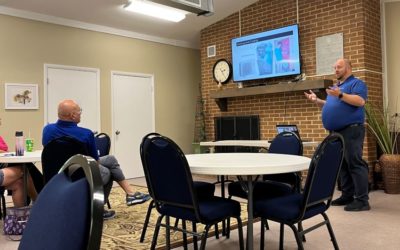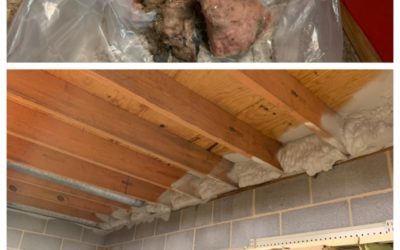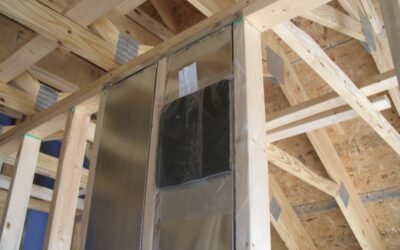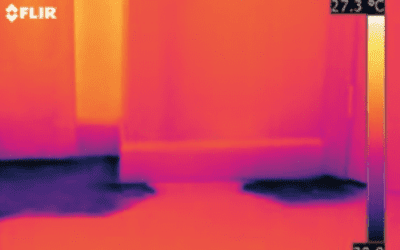As we design new custom homes and renovate existing homes into dream homes, we have to think about...
Air Quality in the Home: VOCs and Envelopes
Recently, Charles spoke at “Living Well in Your Lifetime Home,” a workshop featuring three...
Post-Pandemic Indoor Air Quality Seminar
Post-Pandemic Indoor Air Quality
The air we breathe and why design matters
We have never thought so much about the air we breathe as we do now. After a year of working remotely, I returned to the office this week, sharing space with four other businesses. I also had a few people drop-in, from delivery drivers to clients to friends that I had not seen in a year. This was a huge change after a year of almost never leaving my house. Of course, after this past year of a virus that spreads through airborne particles, this is a huge change. The air we breathe has a direct impact on our health and mine and the design of our buildings matters.
Duct Work is Key to a Healthy Building
Duct work is a key to a healthy building. While there is not any one single thing that can be done...
Be sure to ask for healthy indoor air quality in your new home.
There are some common things on the wish list for most custom homes. Clients want an open floor...
Should my new house “breathe?”
Ask any seasoned carpenter (that does not understand building science) and they are likely to tell...
Thermal Envelope Issues Identified – Is Your Home Wasting Money?
Your energy bills depend on having a complete thermal envelope. This home owner added insulation...
X-Ray vision is required to do a full renovation
I remember as a kid seeing ads for X-Ray goggles on the back of comic books. The idea of being...
Green Term Defined: Volatile Organic Compounds
We hear about Volatile Organic Compounds (VOC's) all the time in marketing of paint. That new...





